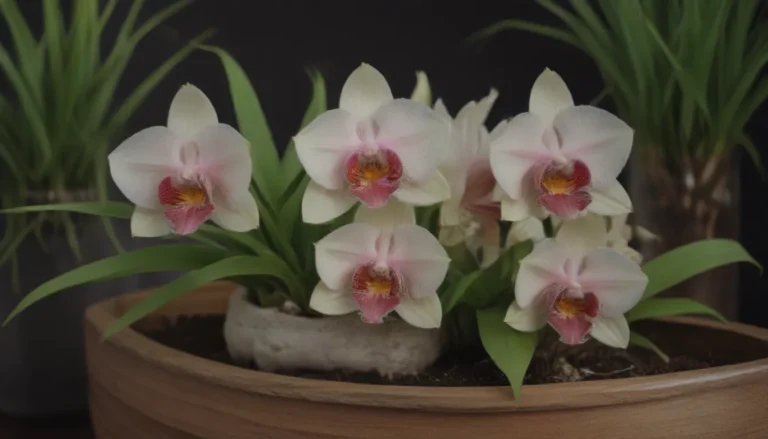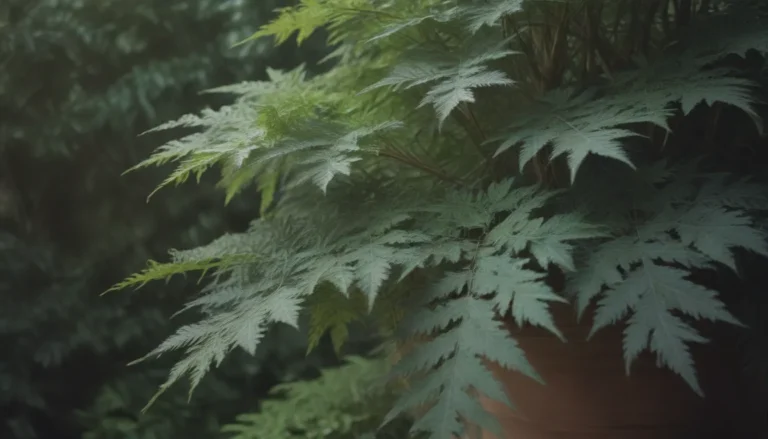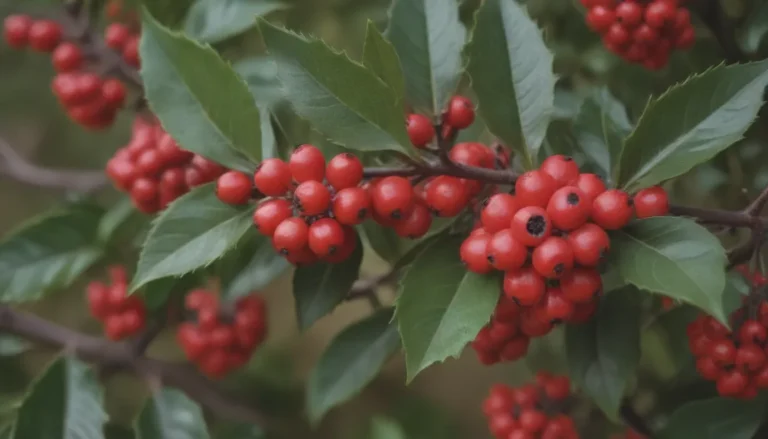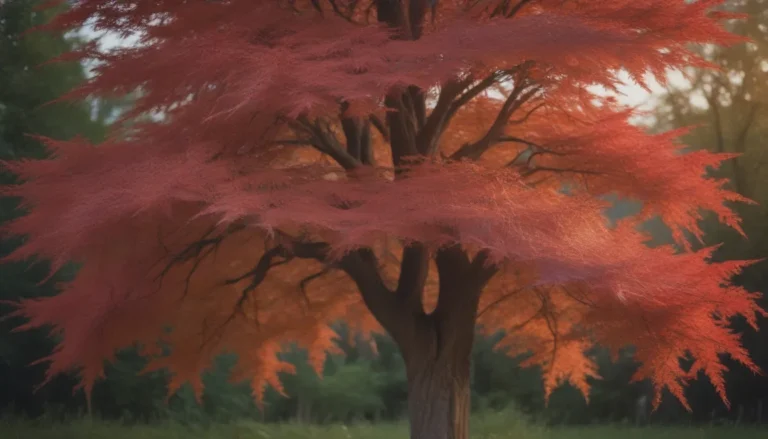Ultimate Guide to Mandevilla Plant Care: Everything You Need to Know
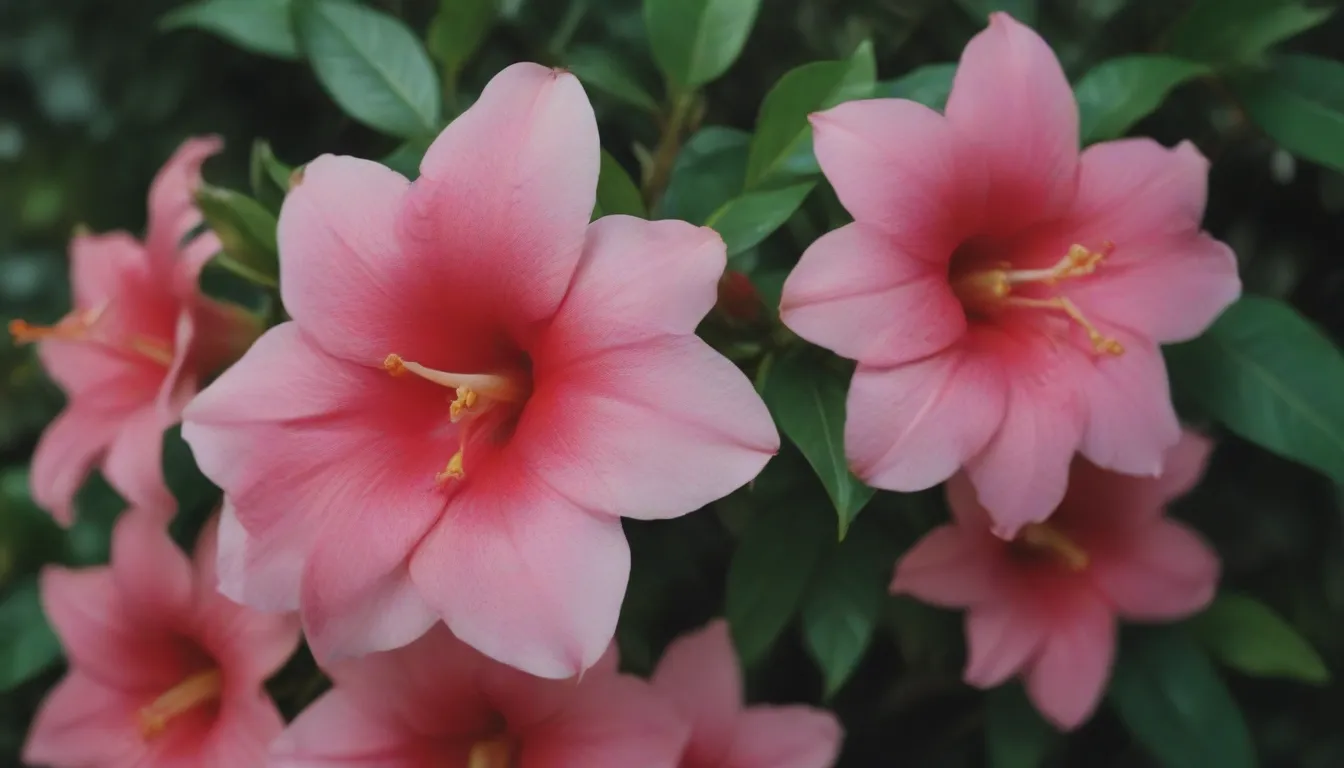
If you’re looking to add a touch of tropical beauty to your garden, look no further than the stunning mandevilla plant. Also known as rocktrumpet, these flowering vines are a popular choice for gardeners in tropical and subtropical climates. With their showy, fragrant trumpet-shaped flowers in shades of pink, red, and white, mandevillas can brighten up any space. In this comprehensive guide, we’ll take a deep dive into everything you need to know to care for and grow mandevilla plants.
Introduction to Mandevilla Plants
Mandevilla plants belong to the genus of flowering vines that thrive in warm climates. These fast-growing vines are known for their five-petal trumpet-shaped flowers and glossy green ovate leaves. While they typically bloom in summer, in warm climates, they can bloom year-round. Some species within the genus have smaller, more plentiful blooms, while others have fewer, larger blooms.
Growing Mandevillas as Annuals vs. Perennials
Depending on your USDA growing zone, mandevilla plants can be grown as perennials. However, gardeners outside their zones often prefer to grow these colorful vines as annuals, especially in containers. To keep mandevillas as tender perennials, bring them indoors when temperatures drop below 50 degrees Fahrenheit. Provide them with bright, indirect light and water them when the soil is dry. Return them outdoors in spring when temperatures rise.
Mandevilla Care Tips
Mandevilla plants are relatively easy to care for as long as you provide them with the right growing conditions. Here are some essential care tips to keep your mandevilla thriving:
Light
Mandevilla plants prefer full sun, meaning at least six hours of direct light each day. However, they can also tolerate partial shade, especially during the hottest part of the day. Growing mandevillas in containers allows you to move them to protect them from harsh sunlight.
Soil
Provide mandevilla vines with sandy, well-draining soil rich in organic material. A good potting mix should include peat moss, sand, and leaf mold. Aim for a slightly acidic to neutral soil pH, though mandevillas can also tolerate slightly alkaline soil.
Water
While mandevilla plants can withstand some dryness, they prefer consistently moist soil. Water them when the soil begins to dry out, watering slowly to allow the soil to absorb moisture. Additionally, mist the leaves regularly to increase humidity and keep pests at bay.
Temperature and Humidity
Mandevilla plants thrive in warm temperatures and high humidity. Maintain temperatures above 60 degrees Fahrenheit during the day and above 50 degrees Fahrenheit at night. If you live in a dry climate, misting your plants can help increase humidity levels.
Fertilizer
Fertilize your mandevilla plant in spring with a slow-release, balanced fertilizer. Alternatively, use a liquid fertilizer at half-strength every two weeks from spring to fall. Mixing compost into the soil can also improve nutrient levels.
Types of Mandevilla
With over 100 species within the Mandevilla genus, some of the most popular for outdoor cultivation include:
- Mandevilla sanderi
- Mandevilla boliviensis
- Mandevilla laxa
Pruning Mandevilla Plants
Pruning mandevilla vines at least once a year is crucial to maintain a tidy and profusely flowering plant. It’s best to prune in winter or early spring before new growth begins. Trim back any diseased or damaged branches, and avoid removing more than one-third of the plant at a time.
Propagating Mandevilla Plants
If you’re looking to add more mandevilla plants to your garden, propagation with cuttings is the easiest way to do so. Here’s how you can propagate mandevilla plants:
- Take a cutting from a healthy, established plant.
- Remove the lower leaves and dip the cutting in rooting hormone.
- Plant the cutting in a pot filled with well-draining soil.
- Keep the soil consistently moist and provide the cutting with bright, indirect light.
Potting and Repotting Mandevilla Plants
When potting a mandevilla plant, choose a container slightly larger than the root ball. Too large of a pot can cause the plant to focus on root growth rather than flowering. Repot annually in spring, moving up just one pot size. Ensure the pot has proper drainage to prevent root rot.
Common Pests and Problems
While mandevilla plants are relatively low-maintenance, they can still face pests and issues. Some common problems include:
Yellowing Leaves
Yellow leaves can indicate underwatering. Ensure the plant receives enough water by immersing the pot in water to reach the roots.
Browning Leaves
Browning leaves may be a sign of overwatering or poor drainage. Fertilize the plant and adjust your watering schedule accordingly.
Brown Spots on Leaves
Brown spots can be a sign of a fungal disease called anthracnose. Prune affected leaves and treat the plant with a fungicide to prevent further spread.
How to Get Mandevilla Plants to Bloom
To ensure your mandevilla plant produces vibrant blooms, provide it with ample sunlight and proper fertilization. Aim for six to eight hours of sunlight each day, and fertilize every two to three weeks with a high-phosphorus fertilizer during the growing season.
Final Thoughts
Mandevilla plants are an excellent choice for adding color and beauty to your garden. By following these care tips and guidelines, you can enjoy lush, blooming vines year after year. Whether grown as annuals or perennials, mandevillas are sure to brighten up any outdoor space with their vibrant flowers and glossy foliage. Happy gardening!
